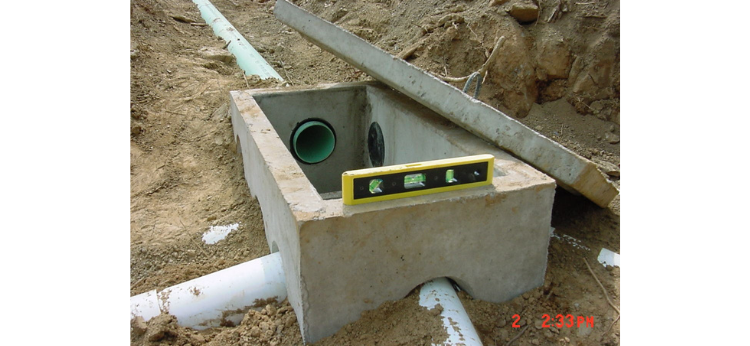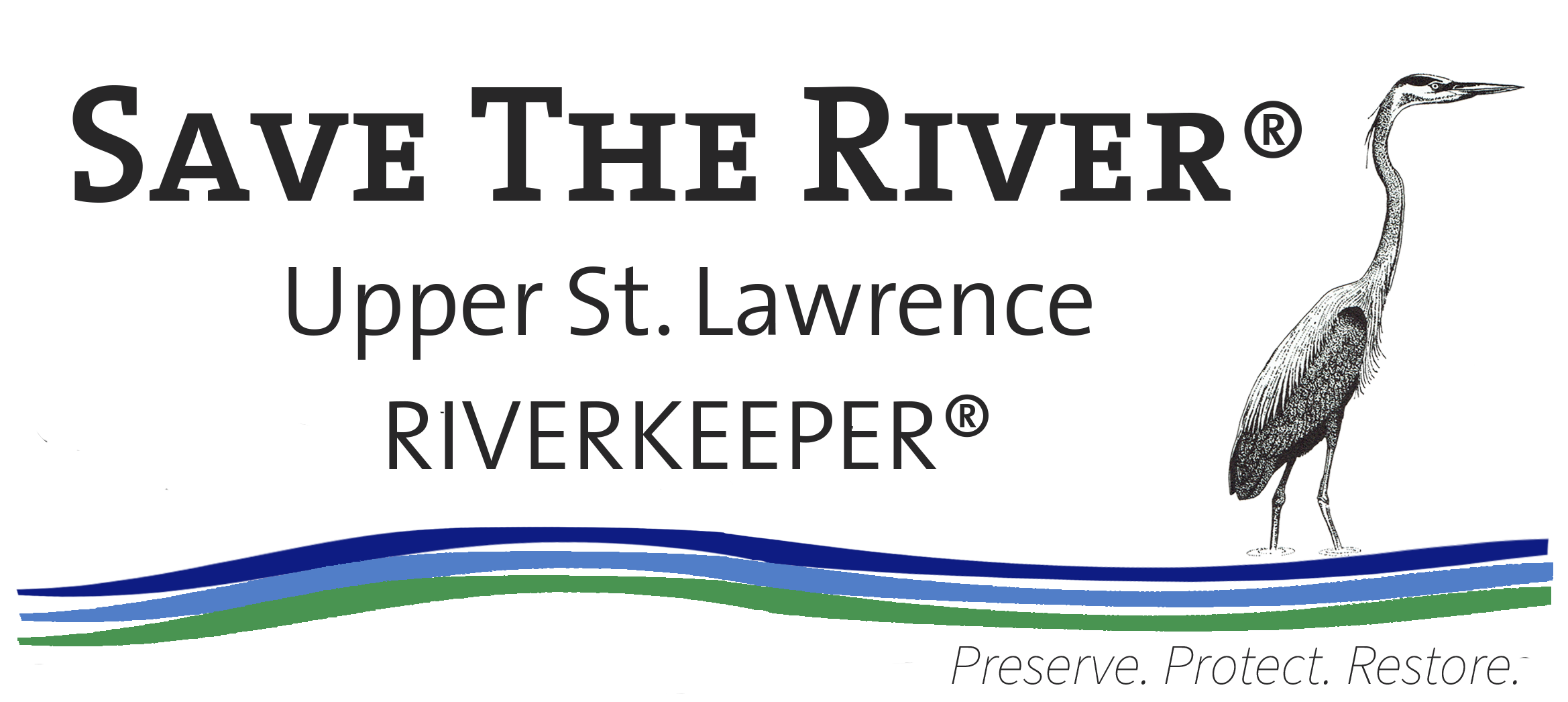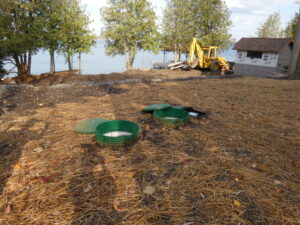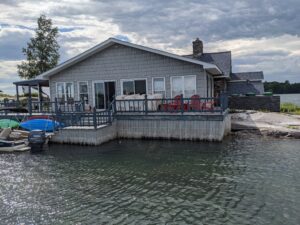What is Septic?
Decentralized wastewater treatment, or septic systems, refers to permanent systems that treat wastewater at or near its source, without connection to sewer systems. A traditional septic system consists of a septic tank, distribution box and perforated piping installed in stone-lined trenches commonly referred to as leach lines.
Conventional Septic System
A conventional septic system consists of a septic tank, distribution box, and leach field. The basic functionality of a septic system is to collect treat, and disperse wastewater into the ground. A conventional septic system provides for the biological degradation of the waste in the ground. The void space between stone particles surrounding perforated piping in the drain field provide oxygen for the microorganisms that are in our waste to breath to stay alive. These microorganisms eat the organics which are the waste and digest or decompose the waste. The size of the leach field is a function of the surface area needed to decompose the expected daily flow of wastewater. The better drainage the soil has, the smaller the drain field will be.
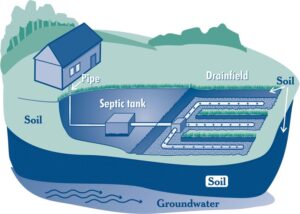
Septic Tank
Wastewater generated in the dwelling drains into the septic tank. The primary function of the septic tank is to use gravity to settle out solids. Inlet and outlet baffles direct the wastewater to the bottom of the tank. Approximately 60% of the organics in the wastewater are settled out in the septic tank.
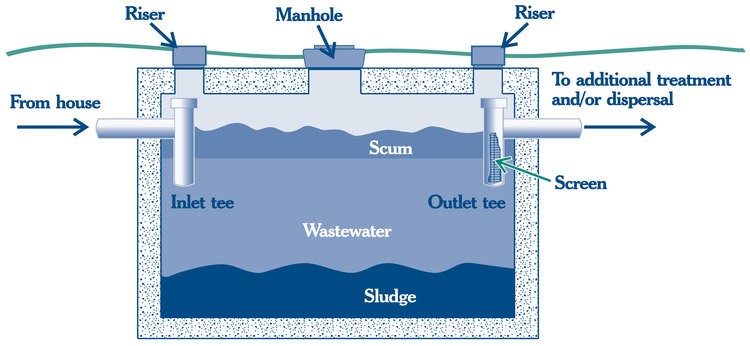
Distribution Box
The primary function of the distribution box is to split the wastewater flow evenly to several leaching trenches.
Dispersal
After primary treatment in the septic tank, the water needs a place to go. Effluent water flows out of the septic tank by gravity or with a pump to a drain field that disperses the water into the ground. The following figure illustrates effluent water being dispersed by pipes and allowed to naturally percolate through the soil into the ground. In many cases, the drain fields continue to filter out forms of nitrogen and phosphorous that could be detrimental to the environment. This water has now been purified and can be safely returned to groundwater.
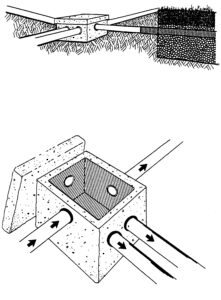
Treated Water Percolating into the Ground
Who Designs A Septic System?
According to the New York State Department of Health a licensed design professional that is, a Professional Engineer or Architect is needed to design a septic system. The design professional must be licensed through the NYS Education Department and must be qualified to provide those services based upon education, training, and experience.
